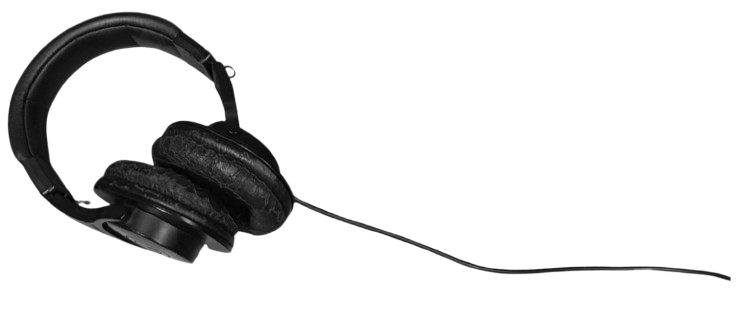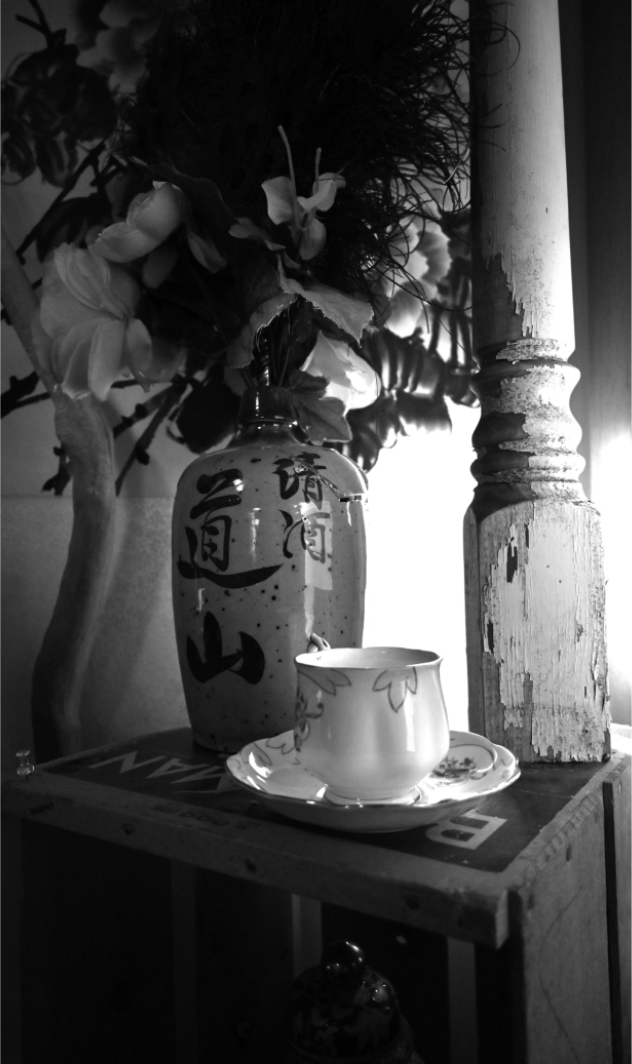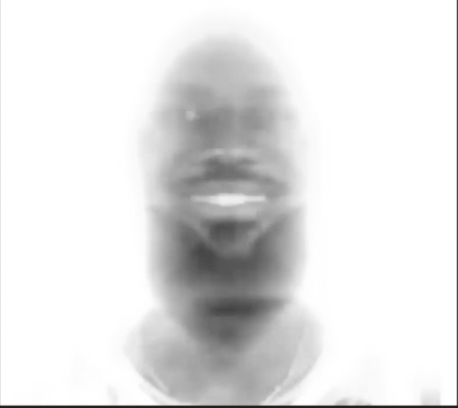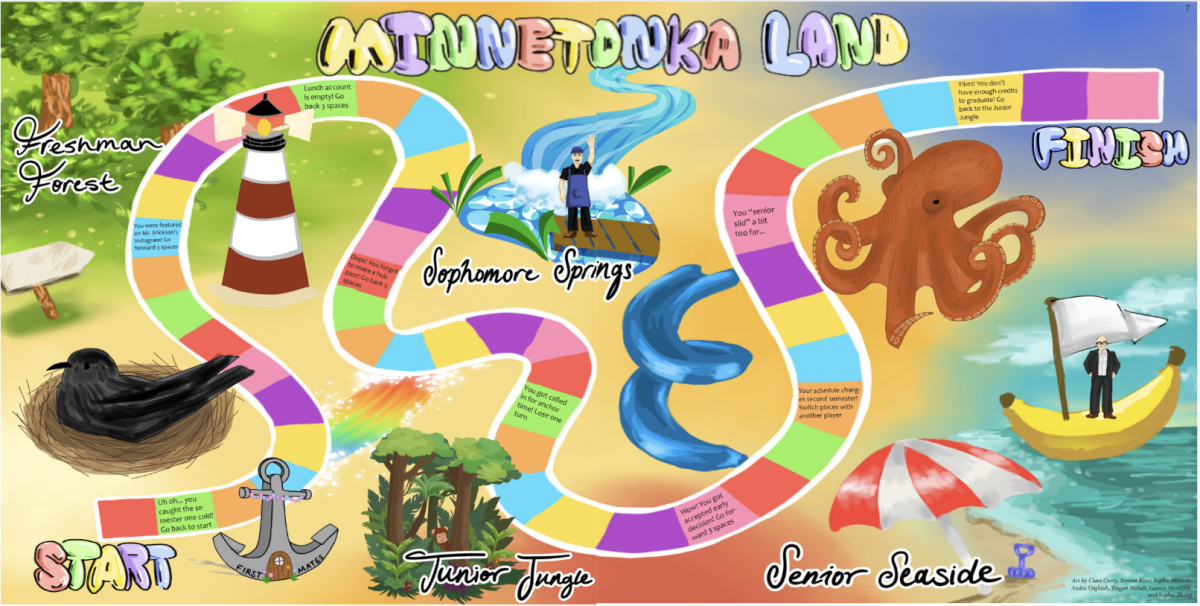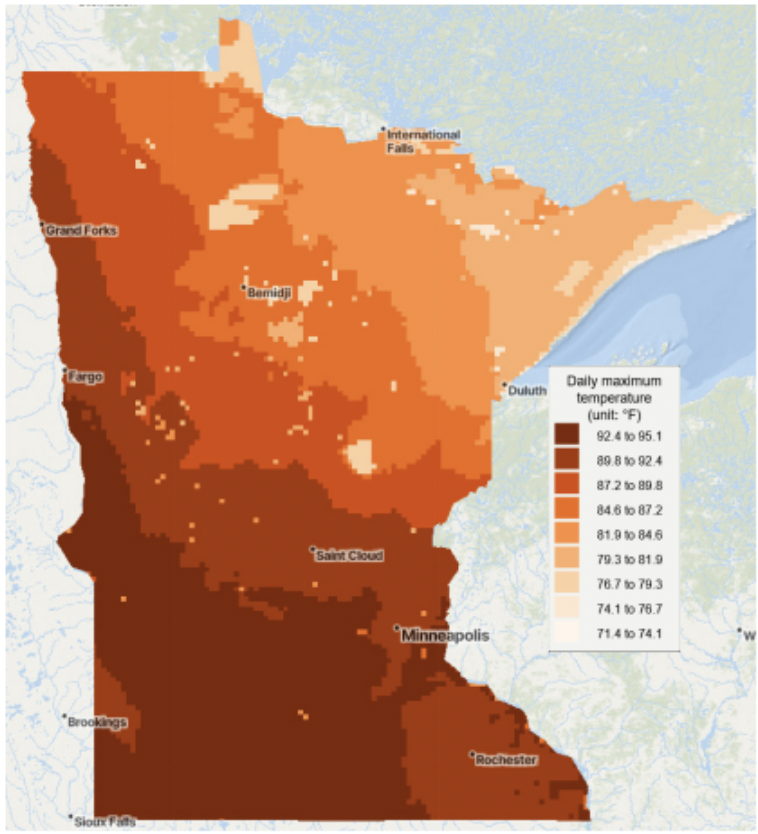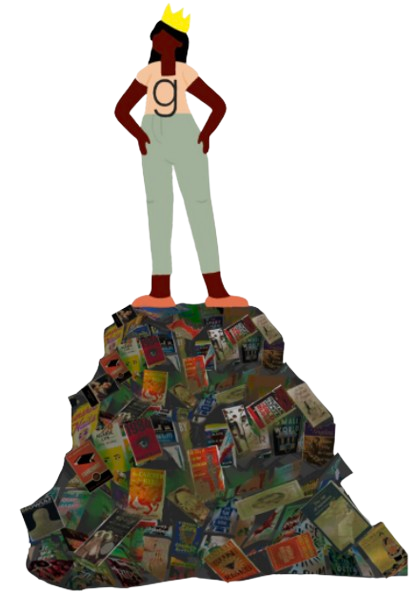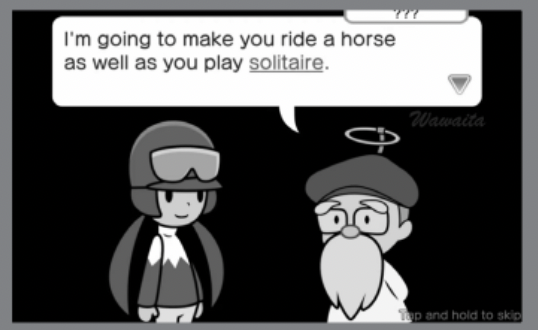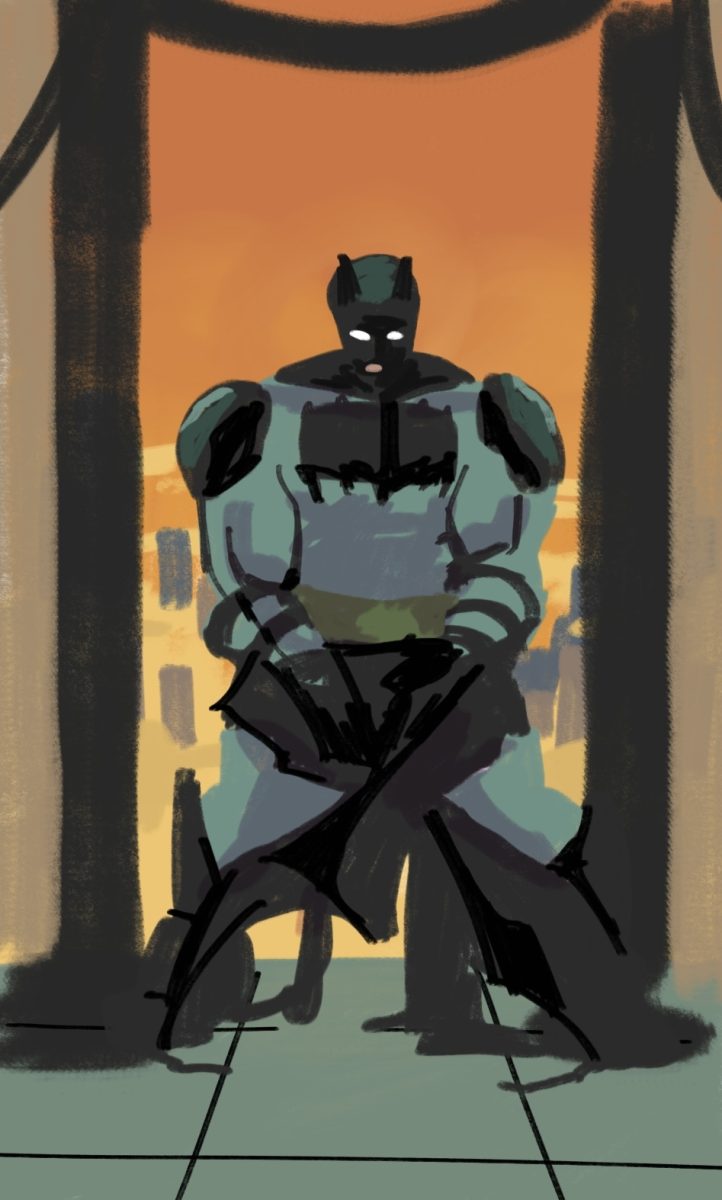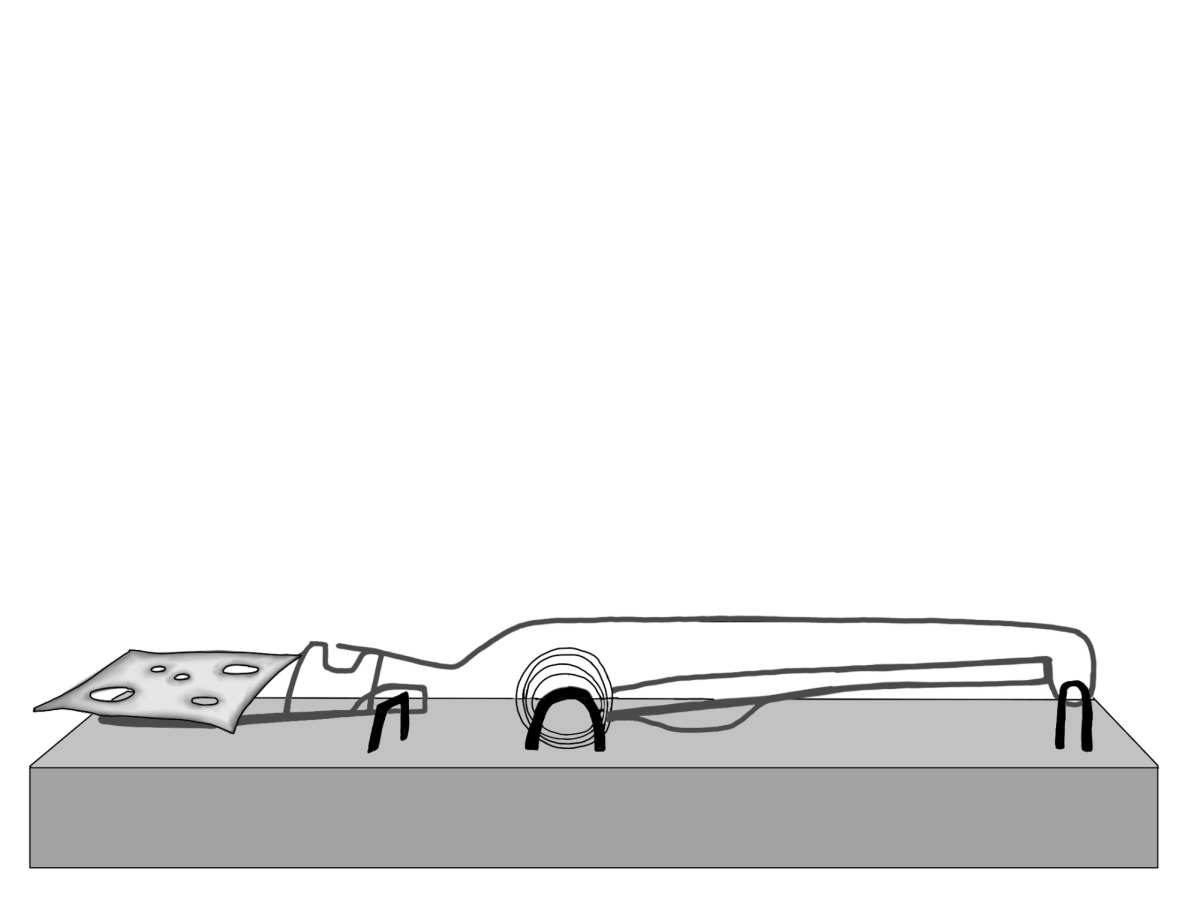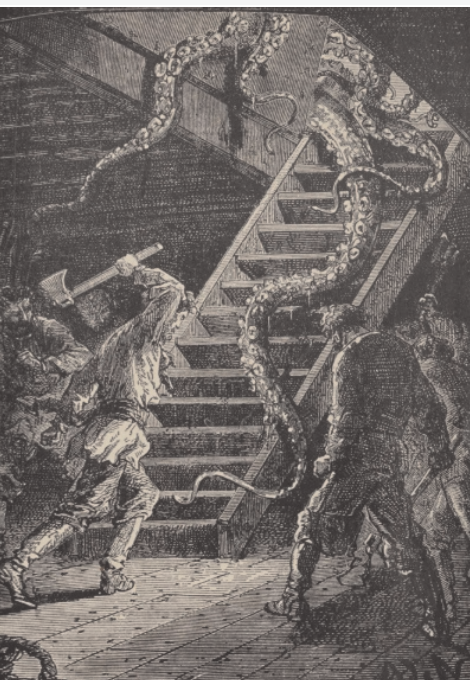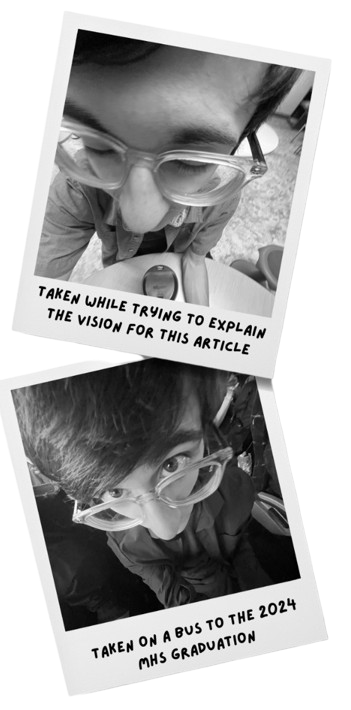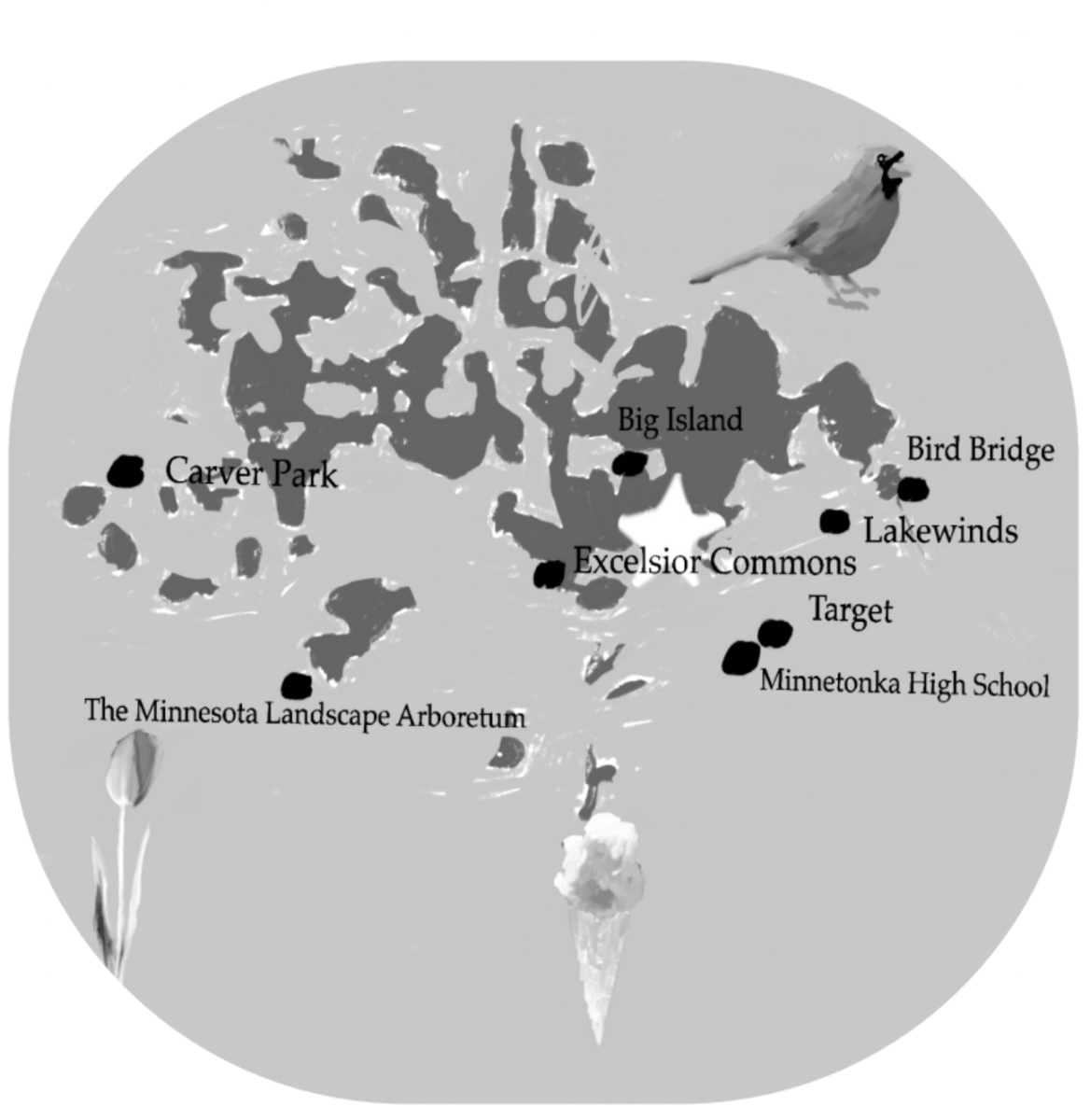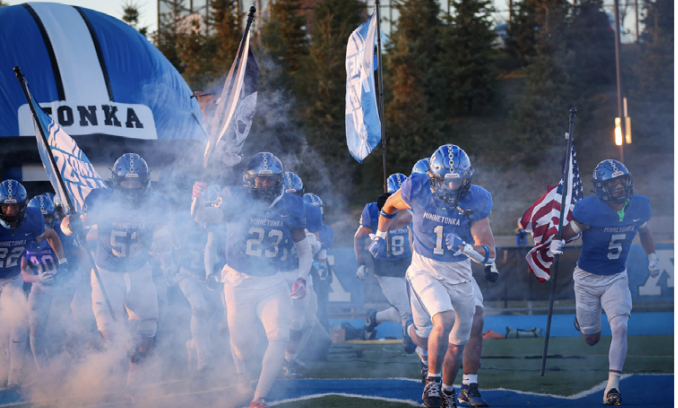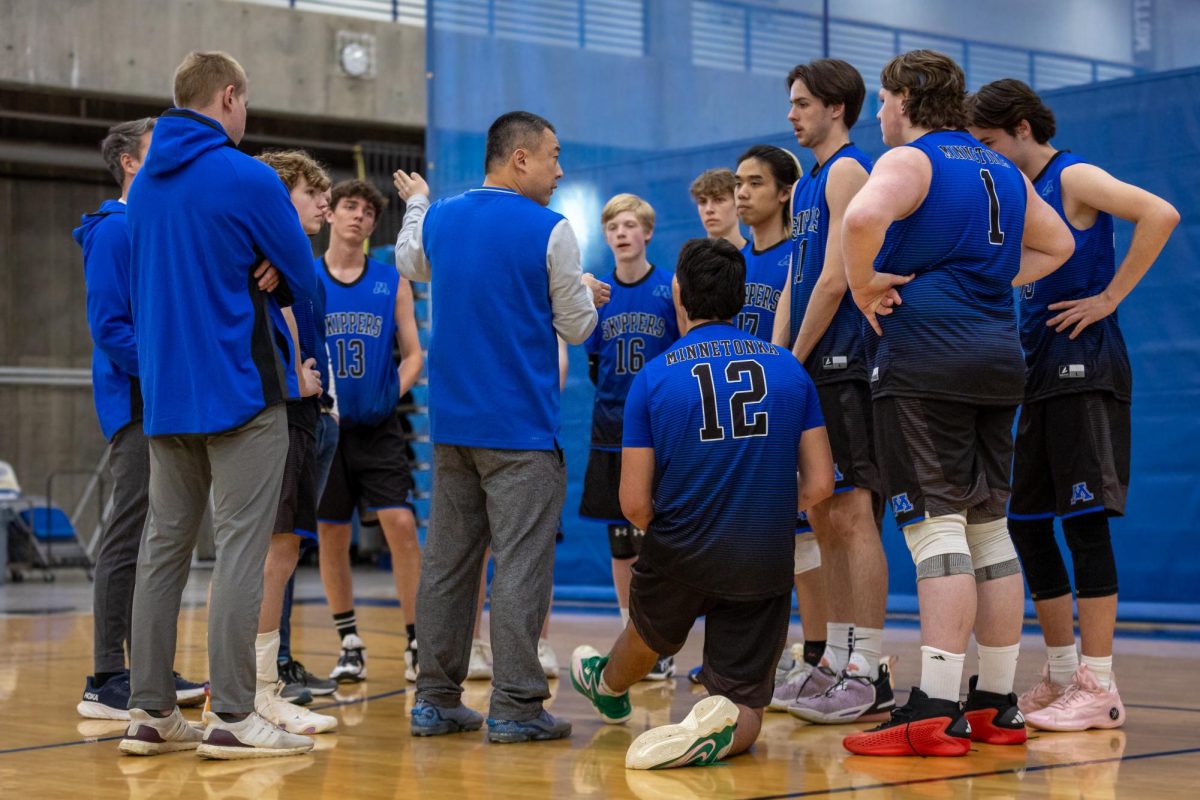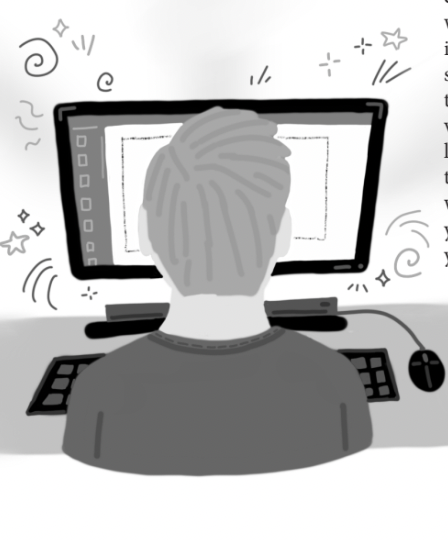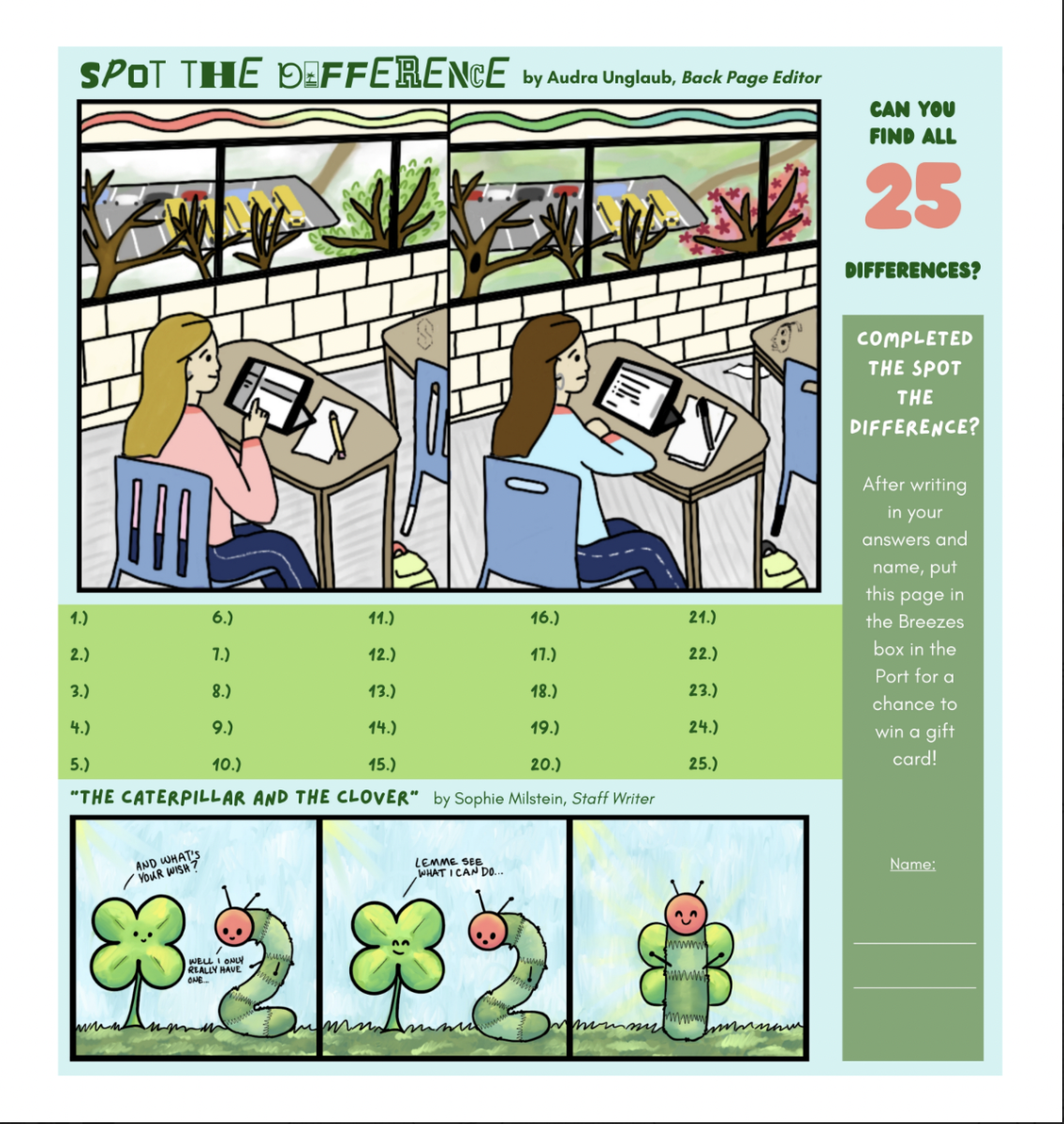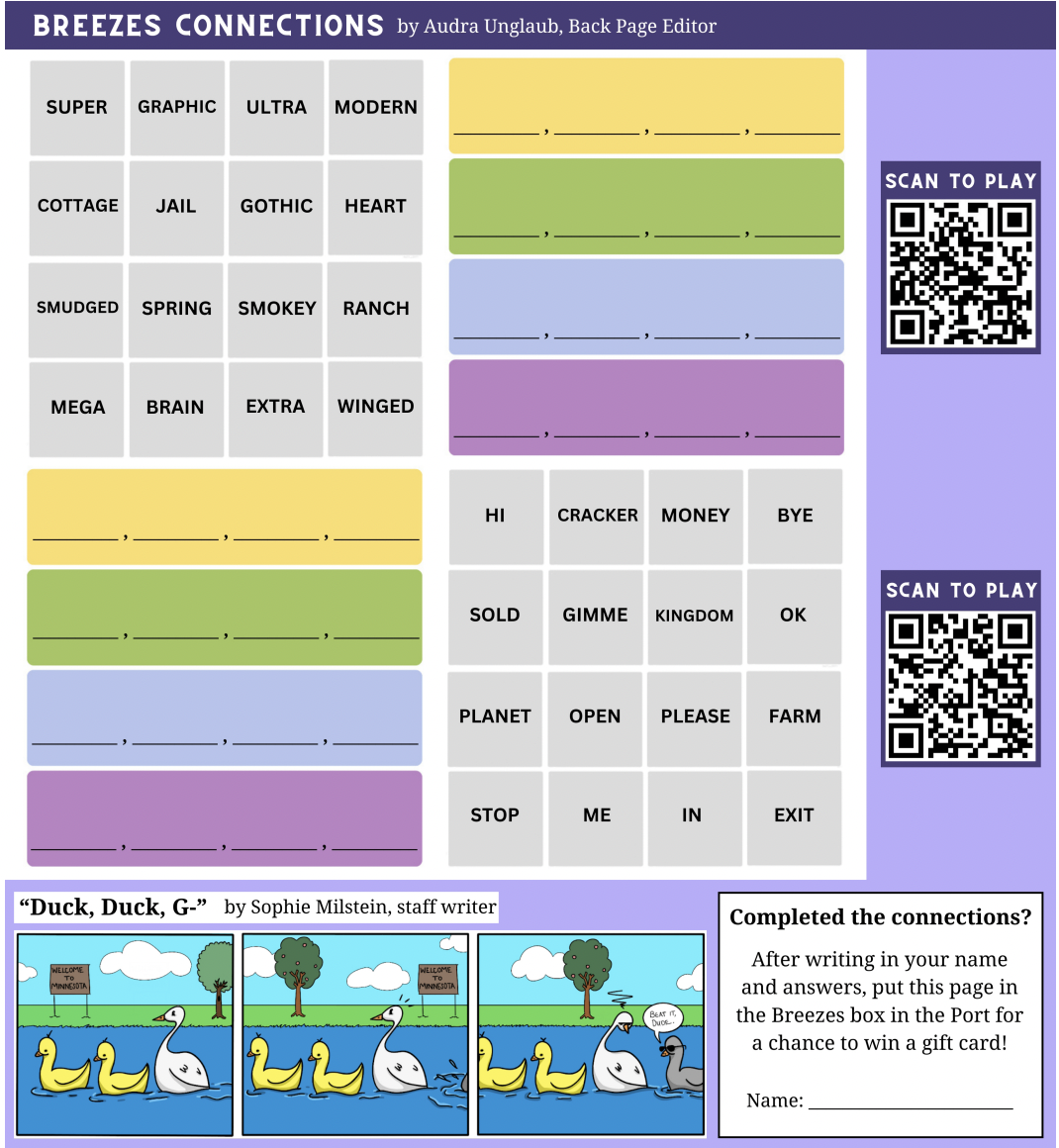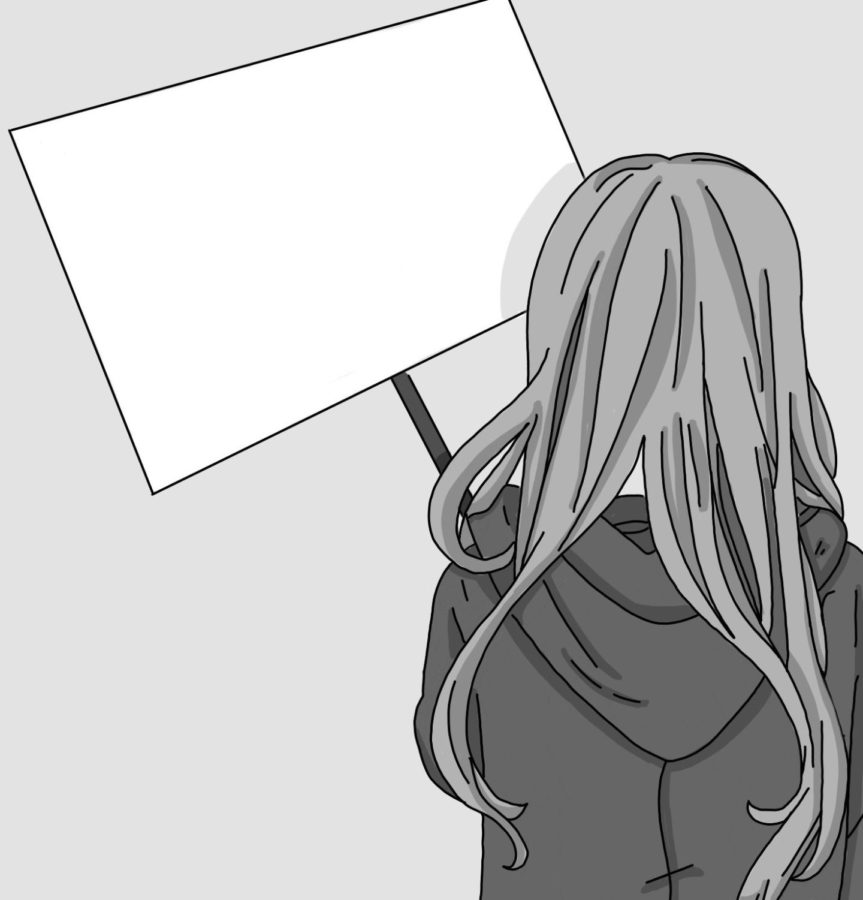History of Student Protest and its Impact on Society
March 16, 2018
Since the creation of democracy, protest has been the cornerstone of this Great Experiment. According to Paul Goren, department chair of political science at the University of Minnesota, Twin Cities, student protest is critical because they “let young people signal their dissatisfaction with current conditions on issues they care deeply about,” therefore allowing them to participate in politics and have a voice in society.
Katie Mcdonald, ‘18, founder of the Students Against Violence Everywhere Club (SAVE), stated, “We will soon be the generation making important decisions, and we need to establish what is important to us.”
In addition, Goren stated that student protests “let students develop a number of important civic skills” such as forming and articulating opinions.
For several centuries, student protest remained on a small scale and focused on issues that were far from momentous. Even in America, student protests didn’t gain significant traction. In fact, according to Time Magazine, the first recorded student protest in America took place at Harvard and consisted of annoyed students protesting bad butter in “The Great Butter Rebellion.”
Student protest in America transformed from small scale to truly earthshaking in the 20th century, according to Time Magazine. Time attributes this change to two factors.
First, education became affordable for the common person instead of just students from rich families. Campuses were filled with students who had direct experience with the deeply rooted issues in our society, not just young people who were wealthy enough and had enough time on their hands to start a rebellion over butter.
Secondly, the critical role of students in the Civil Rights movement of the ‘60s showed the true power of student protest and inspired others to further change through more protests.
The Greensboro sit-ins, for example, protested the segregation of the Woolworth store and eventually succeeded in desegregating their lunch counters and were started by black students. Their courage inspired masses of others across America to organize similar protests and were a key acceleration point for the Civil Rights movement.
In addition, students led the movement protesting the Vietnam War and advocating for peace. This movement was spurred by the events at Kent State University when a peaceful but passionate protest turned into the murder of four students by National Guard members sent to control the protests. Student protests and riots broke out nationwide as protesters called for an end to the war.
These protests “were effective in demonstrating to political elites that there would be serious domestic costs to conducting the war,” according to Goren.
However, student protest isn’t confined to the United States. In 1911, angered by China’s increasing reliance on the Western powers, students rose up to protest the corrupt and disintegrating Qing Dynasty in demonstrations that pushed China toward revolution and the end of the once great dynasty.
Similarly, in response to a decree issued by the Apartheid government, South African student protesters banded together in the famous Soweto Uprising.
The decree ordered schools to teach half their courses in Afrikaans, which was seen as “the language of the oppressor,” according to overcomingapartheid.msu.edu.
Though the Soweto Uprising was struck down in a violent police response, it inspired others to rise up in similar demonstrations across South Africa.
Meanwhile, in Germany, Sophie Scholl led the student resistance against Hitler. Though she was executed in 1943 by Hitler’s regime, she inspired youth across Germany with her courage, which was captured in her last words: “How can we expect righteousness to prevail when there is hardly anyone willing to give himself up individually to a righteous cause? Such a fine sunny day, and I have to go, but what does my death matter, if through us thousands are awakened and stirred to action?”
Today, student protest is more widespread than ever before. Worldwide, student protests attack issues like education in movements like the March of the Penguins. In these monumental 2006 protests, thousands of Chilean students, nicknamed “penguins” for their school uniforms, stood up against a government that offered abysmally poor public education. On top of generally low quality, Chilean education favored the rich and was harsh for students who struggled financially, with issues such as a large fee for exams that were required for college.The powerful movement managed to pressure the government into extensive educational reform.
Similarly, in 2015, student protests in Bangladesh resulted in the withdrawal of a 7.5% VAT or tax on private universities as well as medical and engineering colleges, according to the Daily Star.
Here in the United States, student protest is higher than it’s been since the Vietnam protests of the ‘60s, and it’s spreading more every year. According to a UCLA study in 2016, 8.5% of students said they would probably be involved in a protest while studying there, compared to only 5.6% in 2014.
Mcdonald characterized this change as a chain reaction, arguing that, “Student protest has become more widespread because we are starting to realize the power that student voice has… When I started SAVE I knew that we could make a difference because I have been inspired by other student groups making differences in their community.”
In the last few years, student protest focused on social issues such as racial prejudices. In the wake of strong political divides, the two ends of the political spectrum often clash.
For example, Goren explained, “Many liberal students use their first amendment rights to protest against conservative speakers exercising their own first amendment rights on campus… it is important to note that the first amendment – and many subsequent U.S. Supreme Court decisions – have upheld the rights of controversial speakers to convey unpopular and even hateful ideas.”
Today, student protest has exploded around the issue of gun safety and justice for the hundreds of schools impacted by school shootings, as students grow tired of what Mcdonald called the “wash rinse repeat cycle our country has with school shootings.” Students are pushing for laws related to gun safety and gun control, such as a law that will raise the legal age of purchase for an assault rifle to twenty-one.
According to Goren, “any changes in gun control laws that come to the fore over the next several months, however modest, will be partly attributable to the student protests at Marjory Stoneman Douglas High School.”
Student protest is alive and active at Minnetonka High School, mostly due to Mcdonald’s creation of the SAVE club. The club is currently planning a full walkout on April 20th to lobby for gun safety and will demonstrate the power of student protest.


